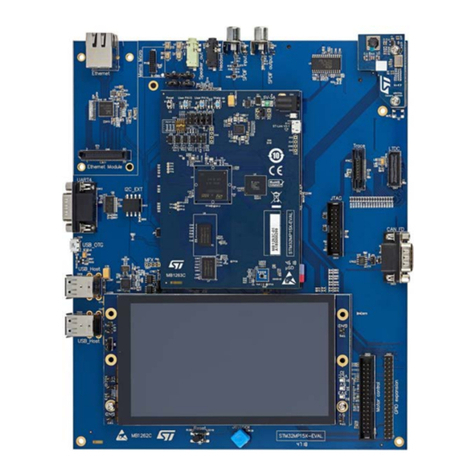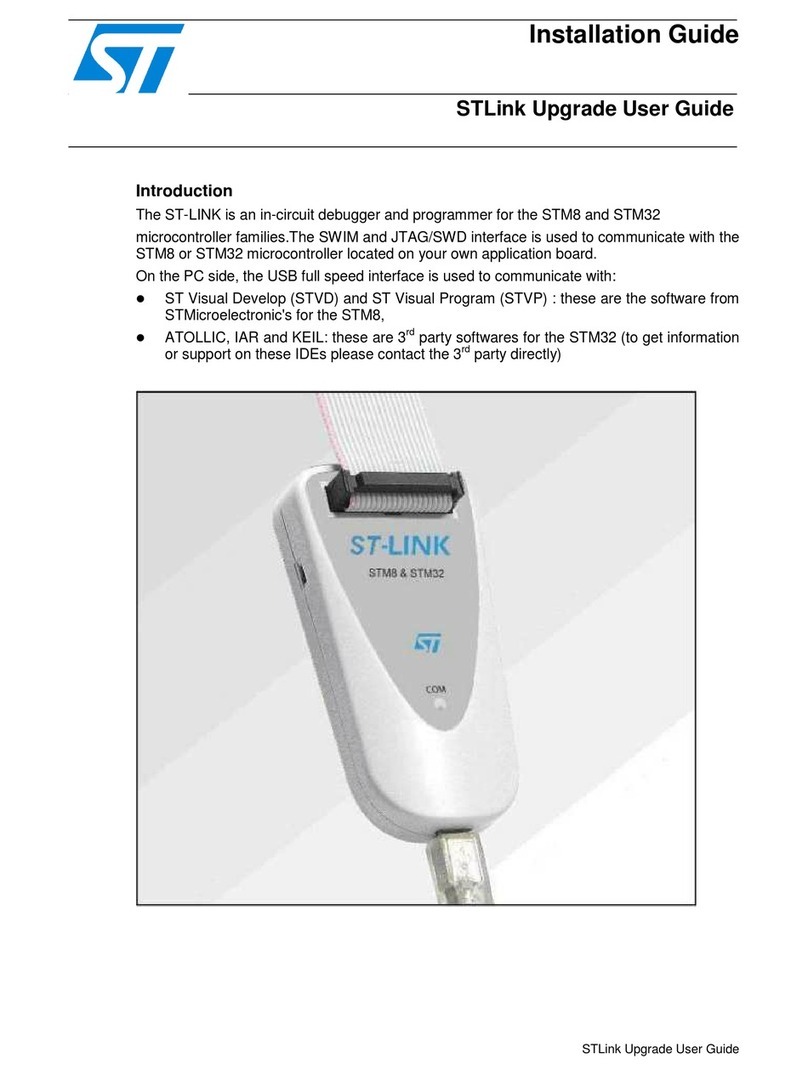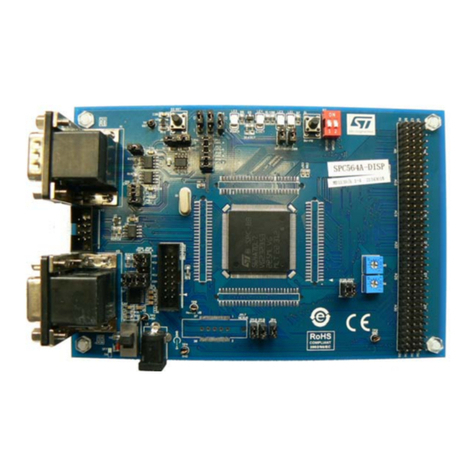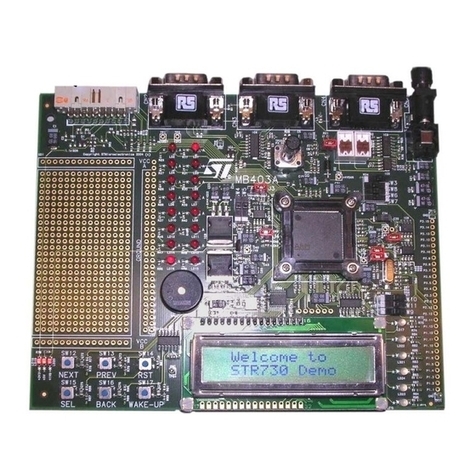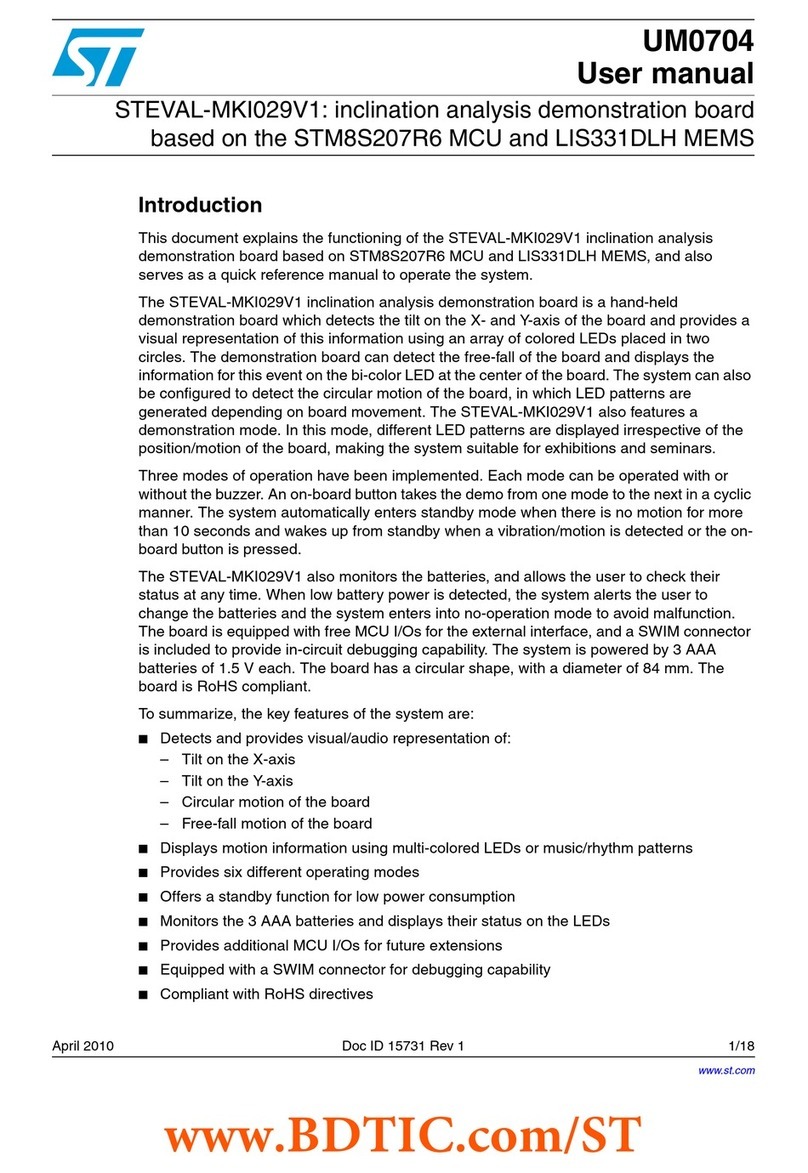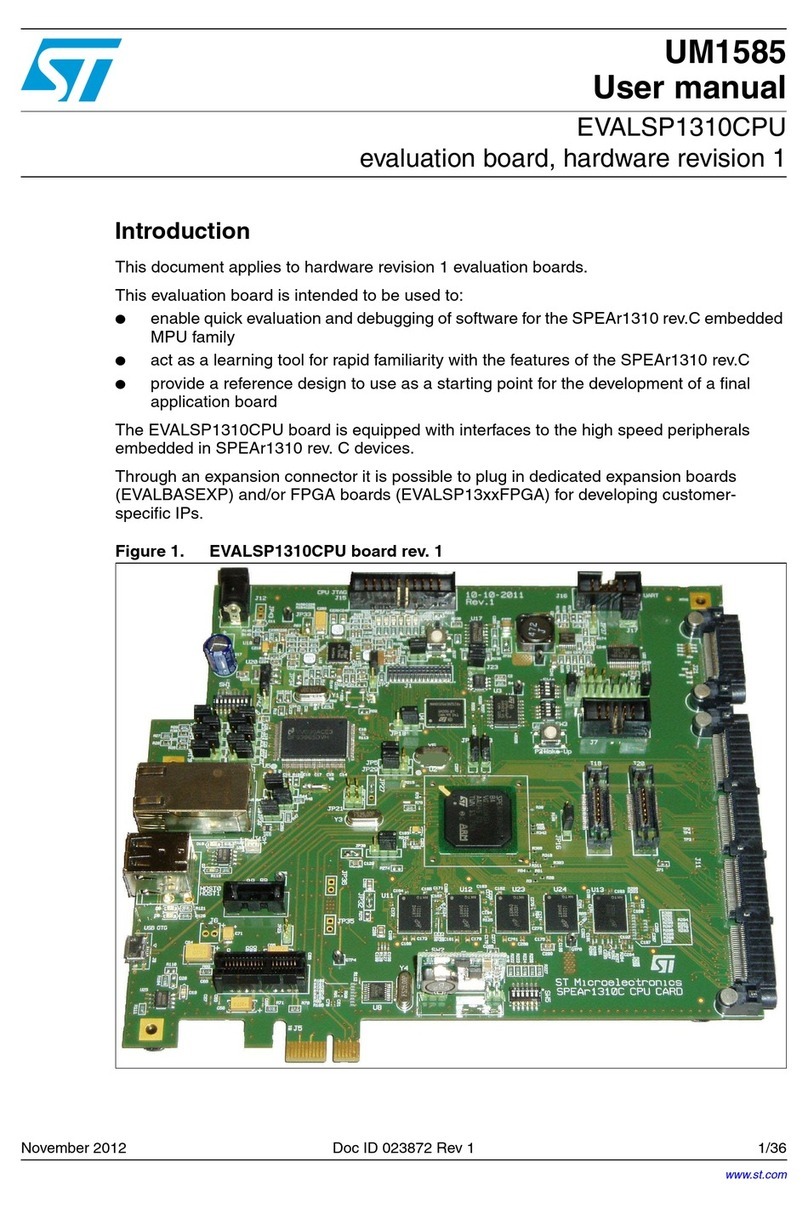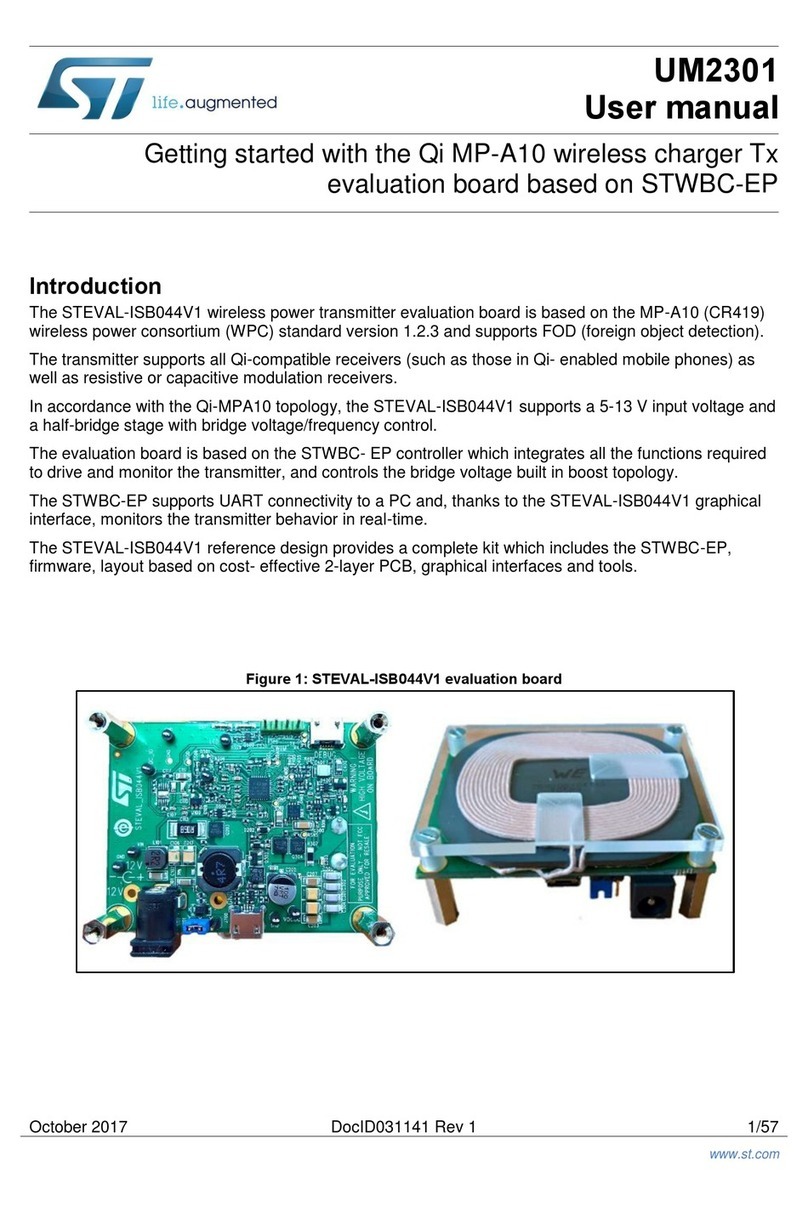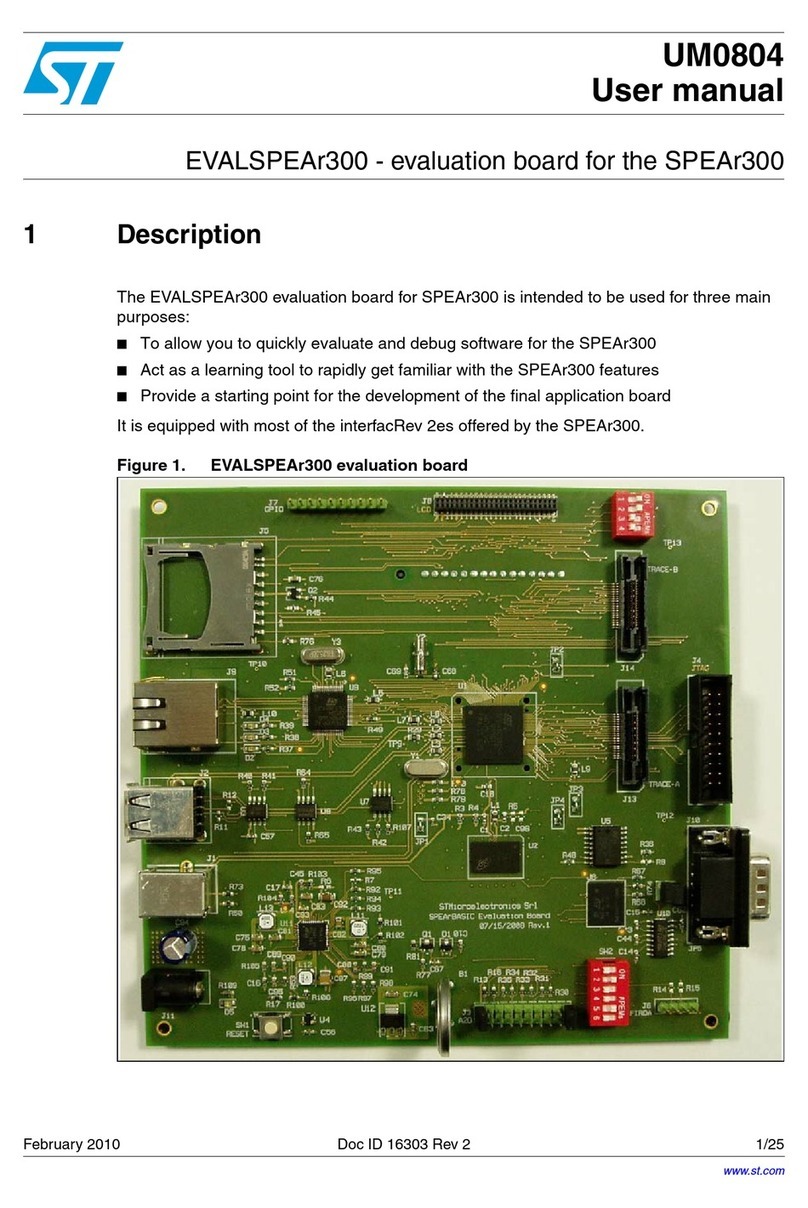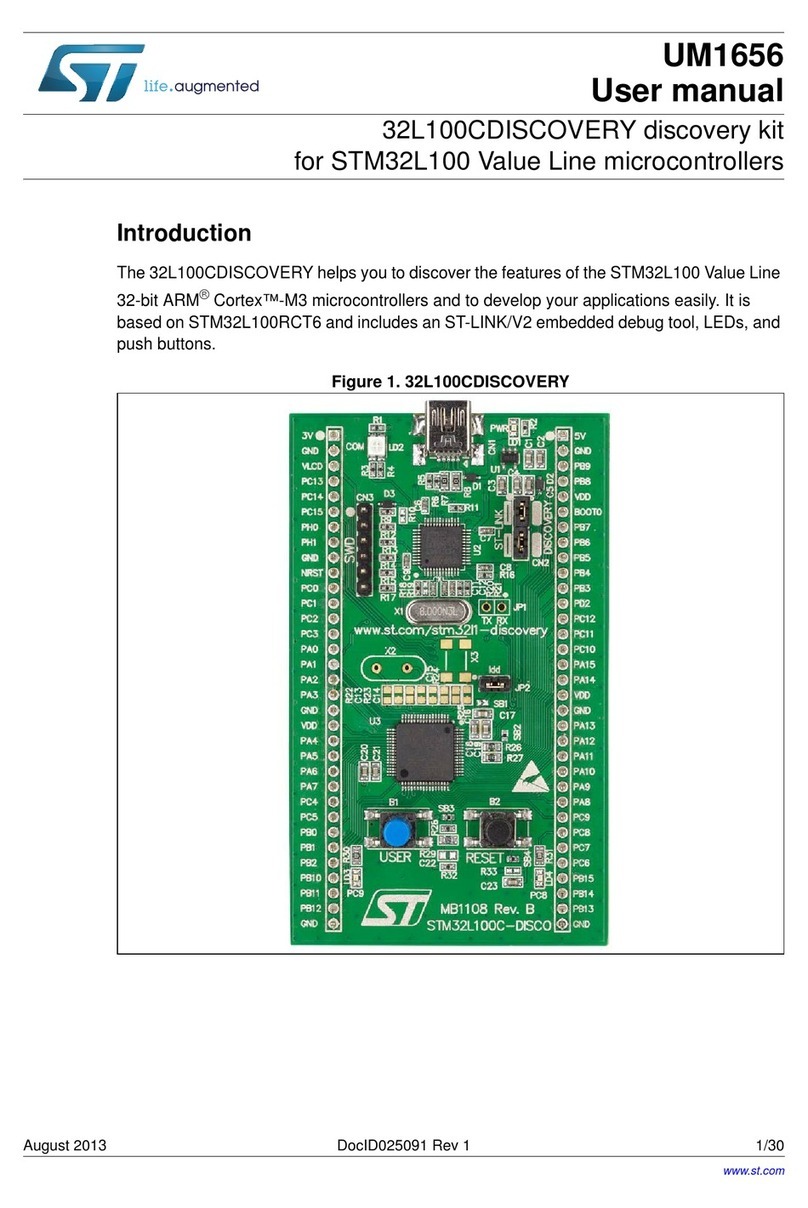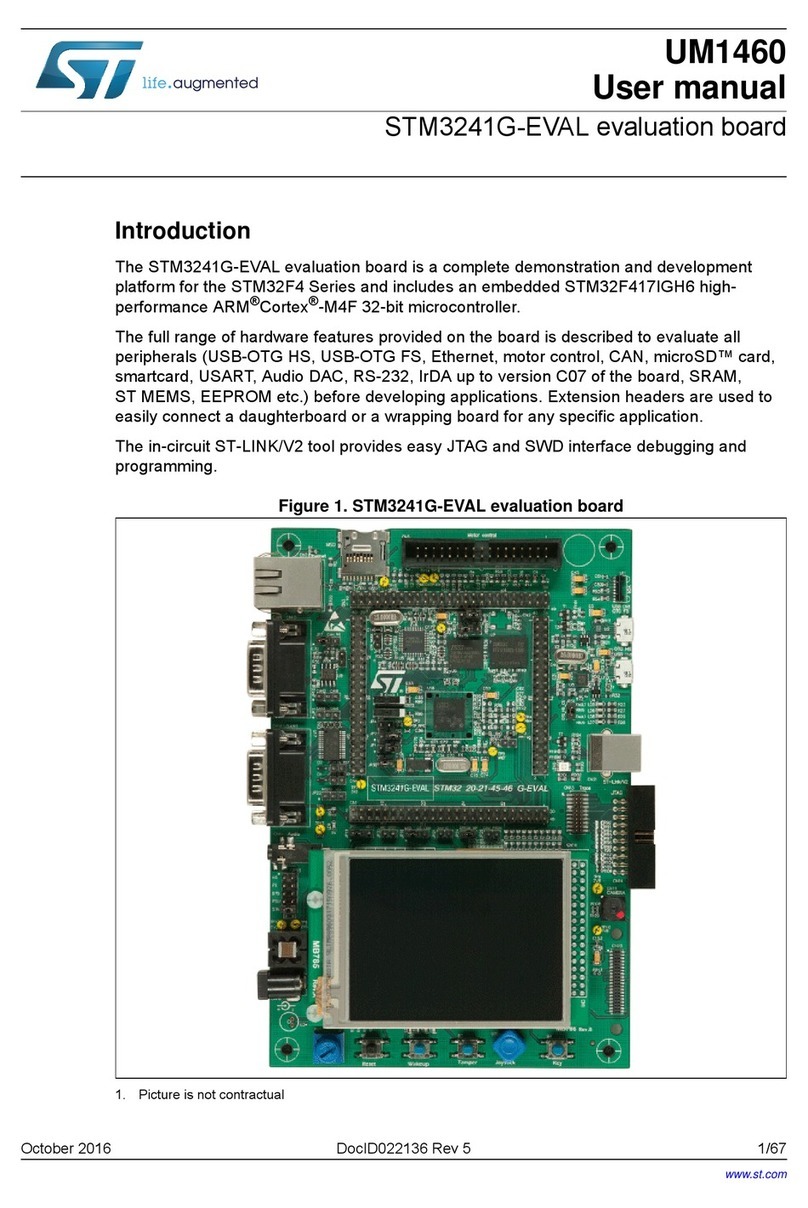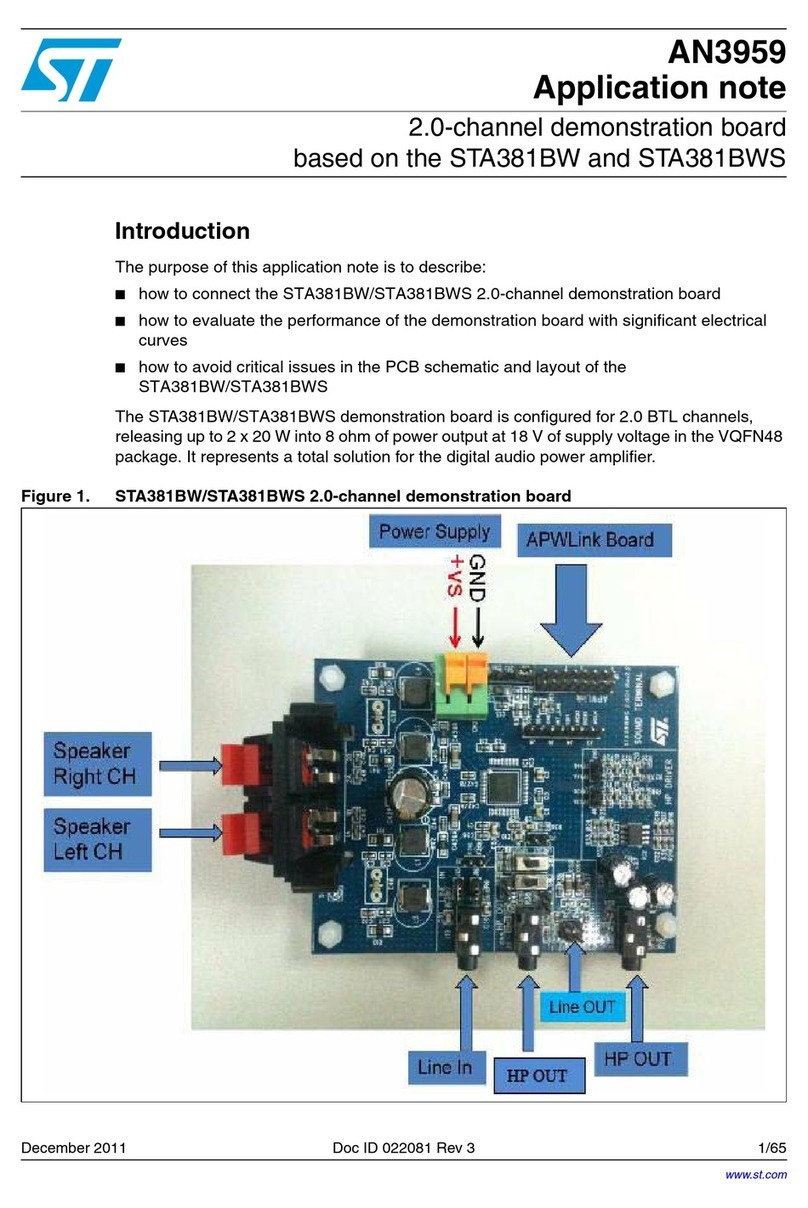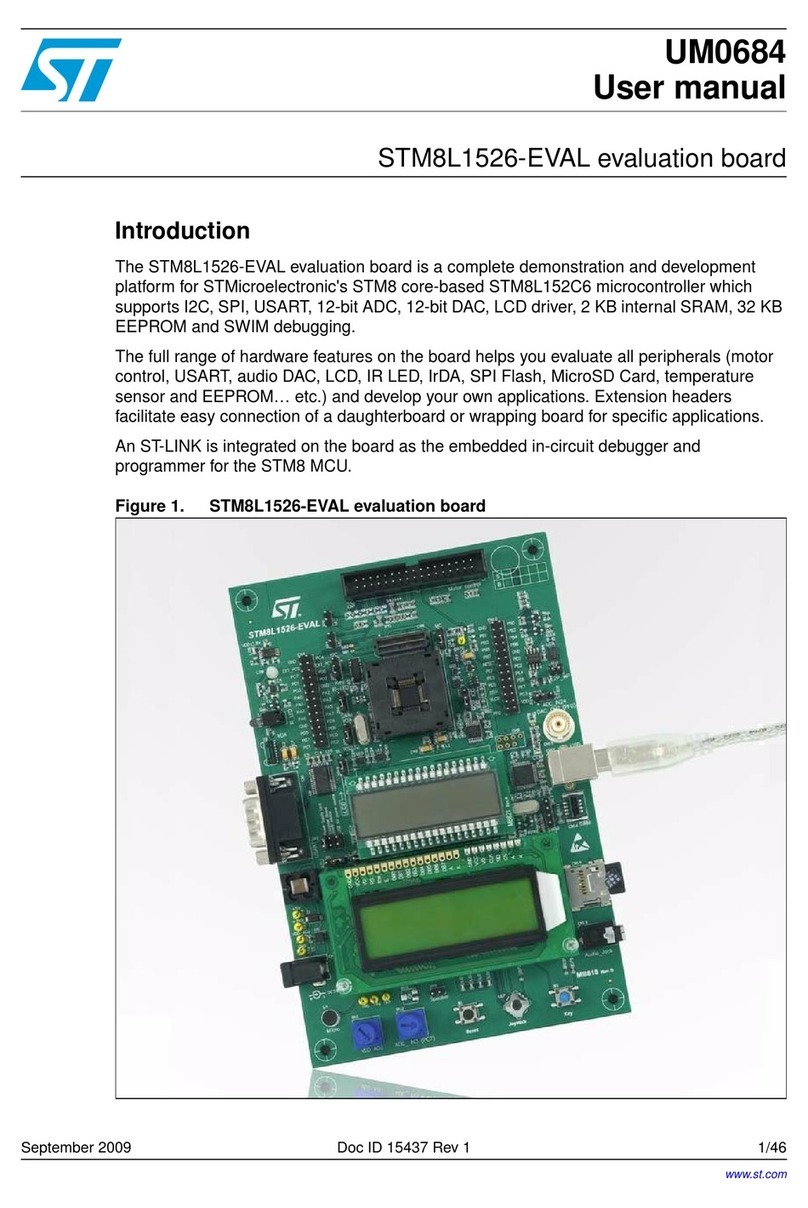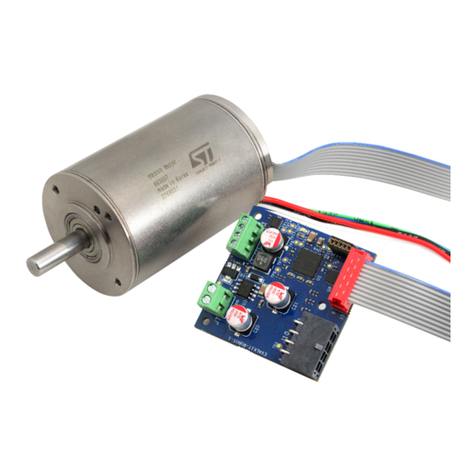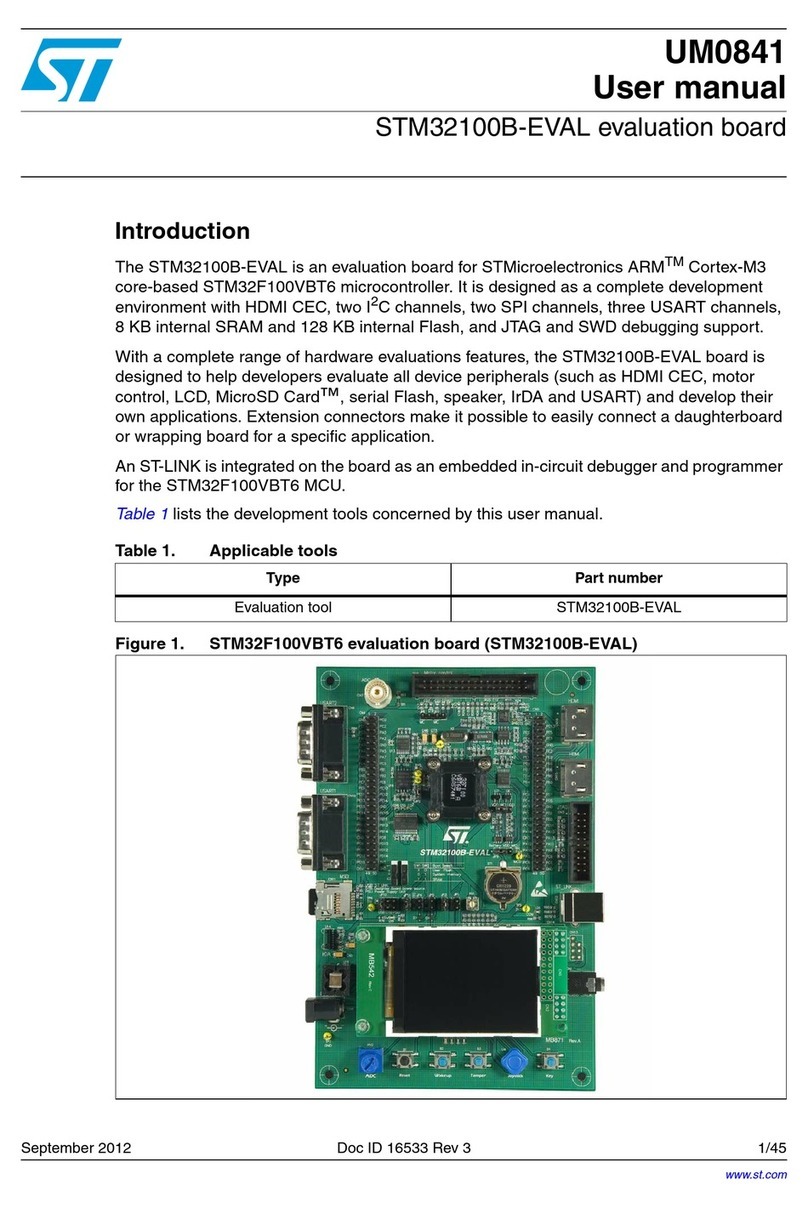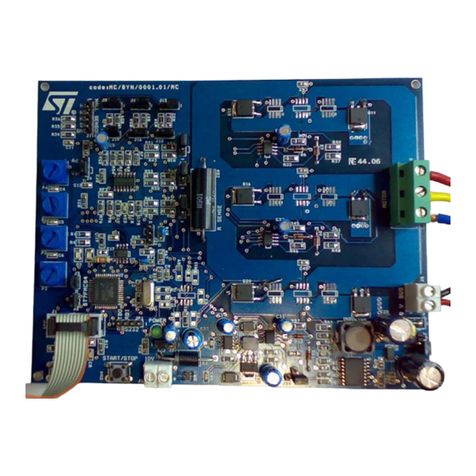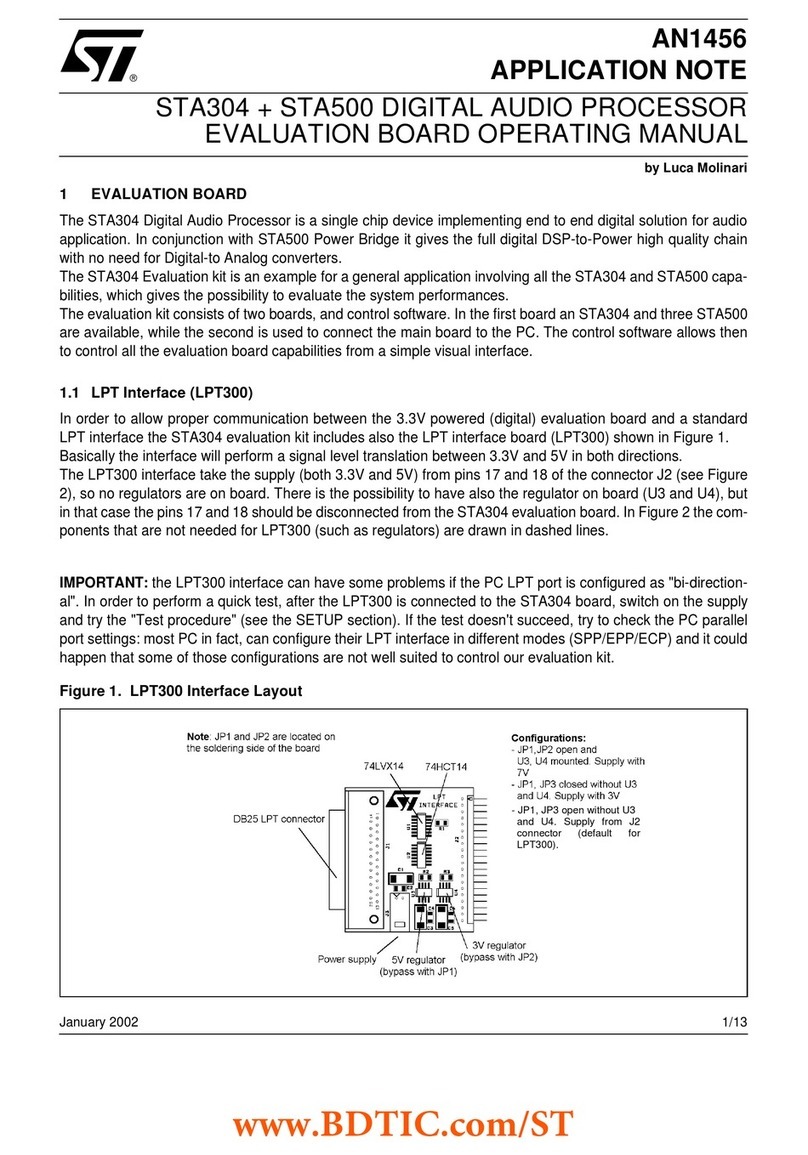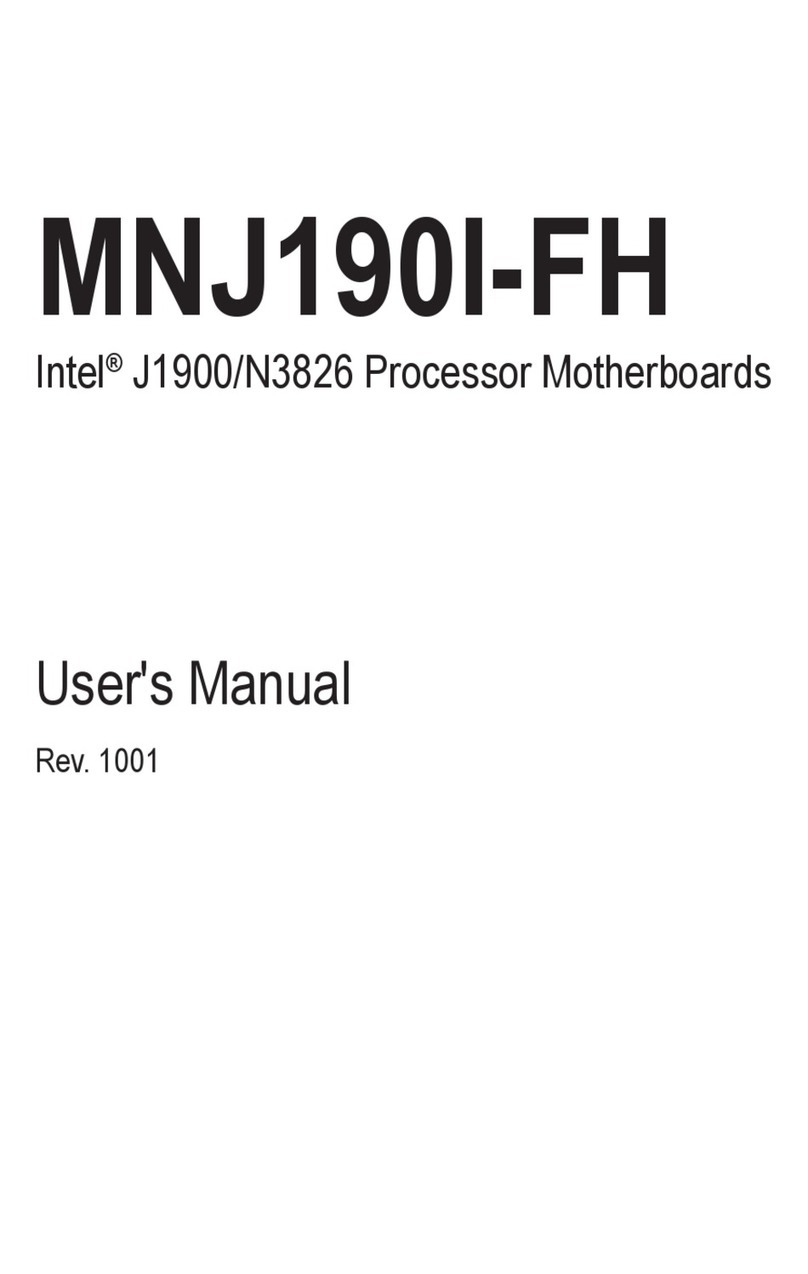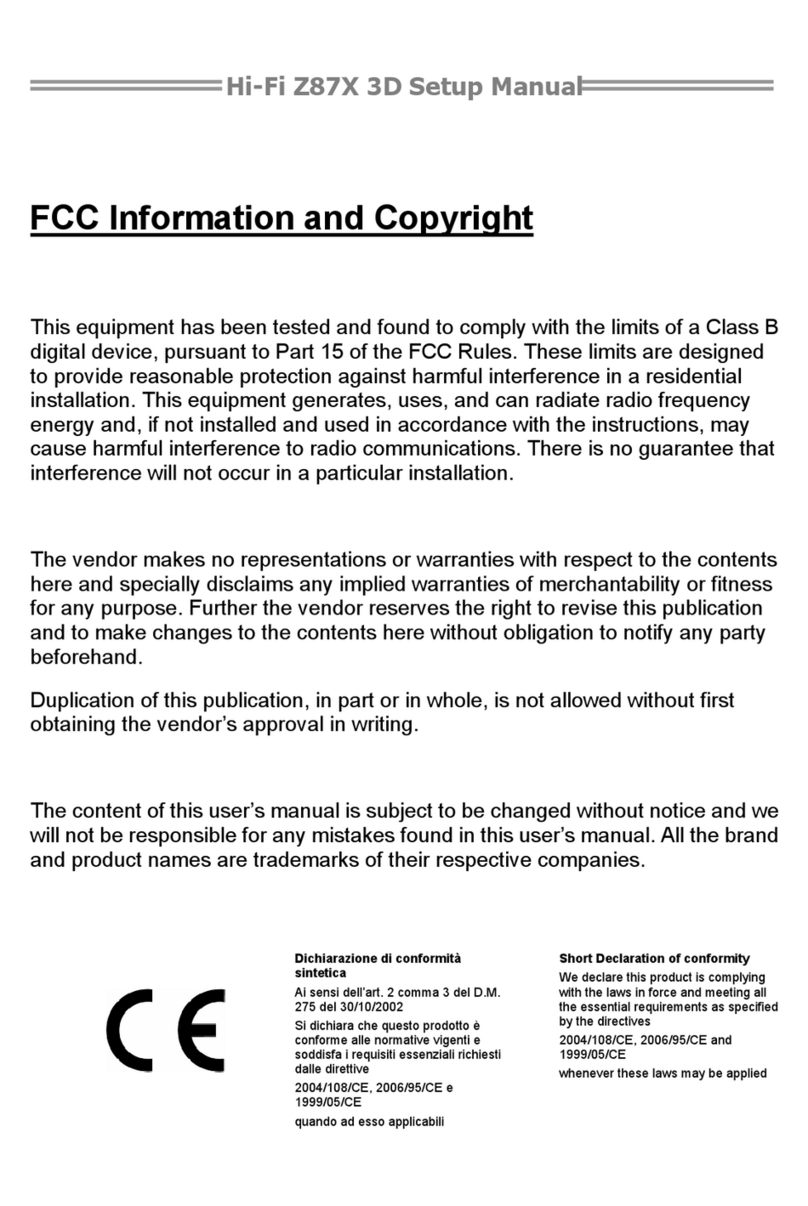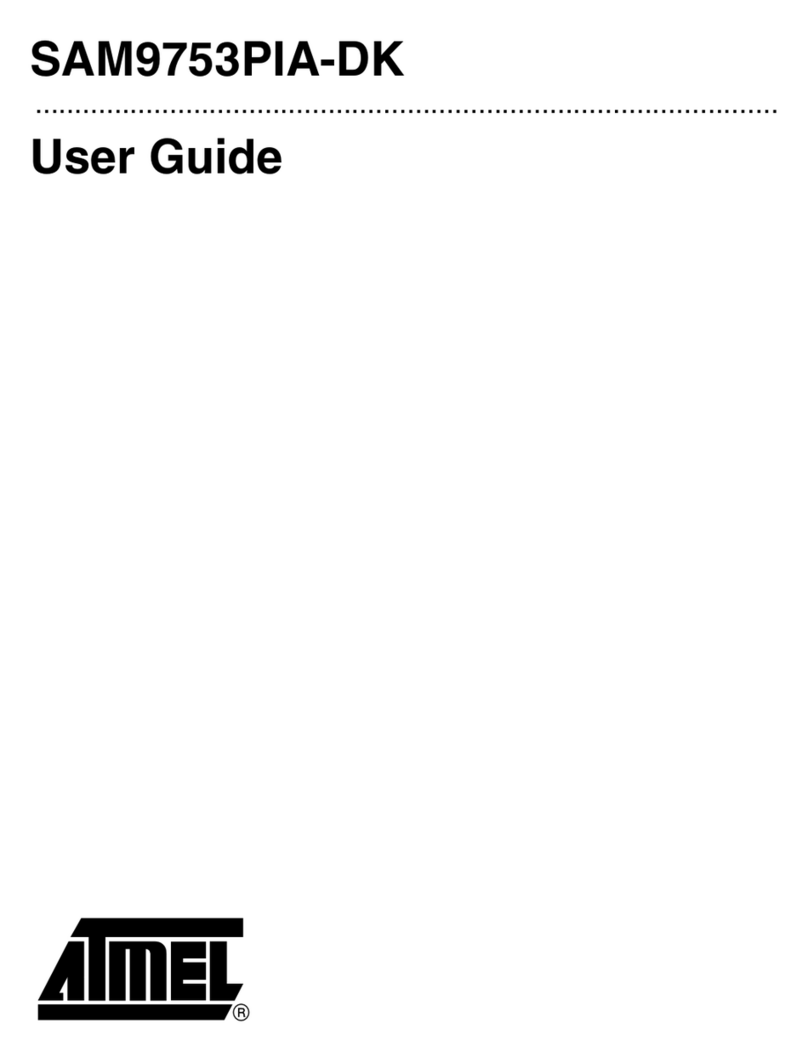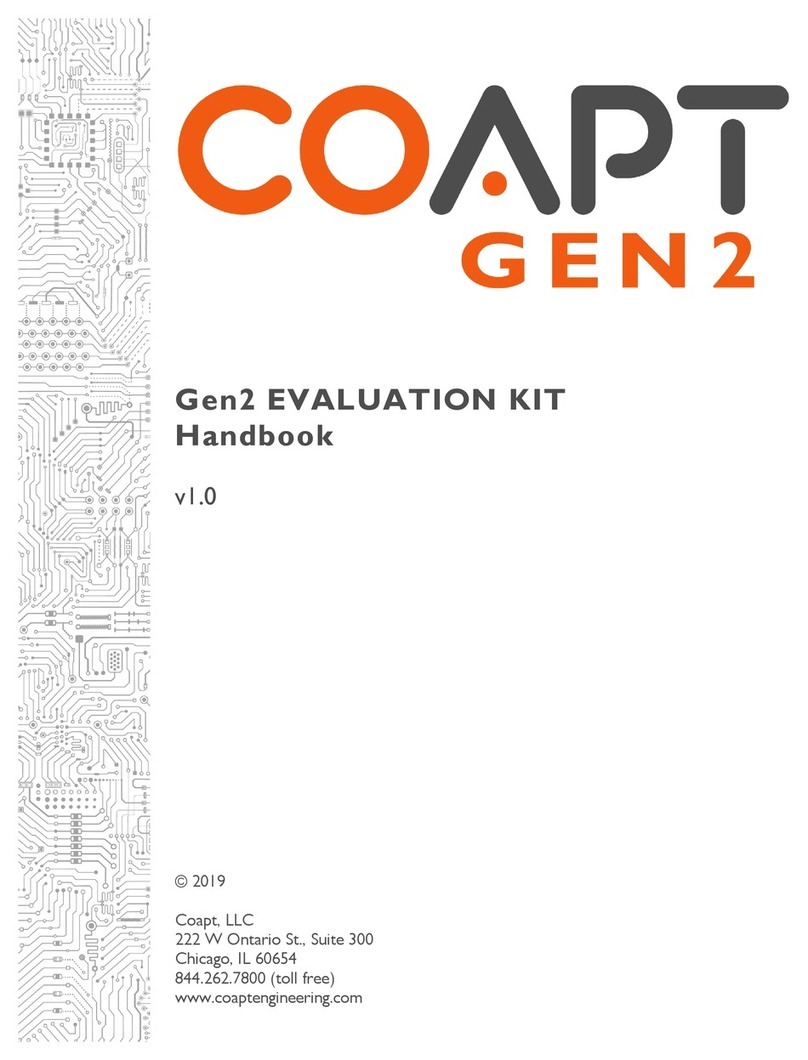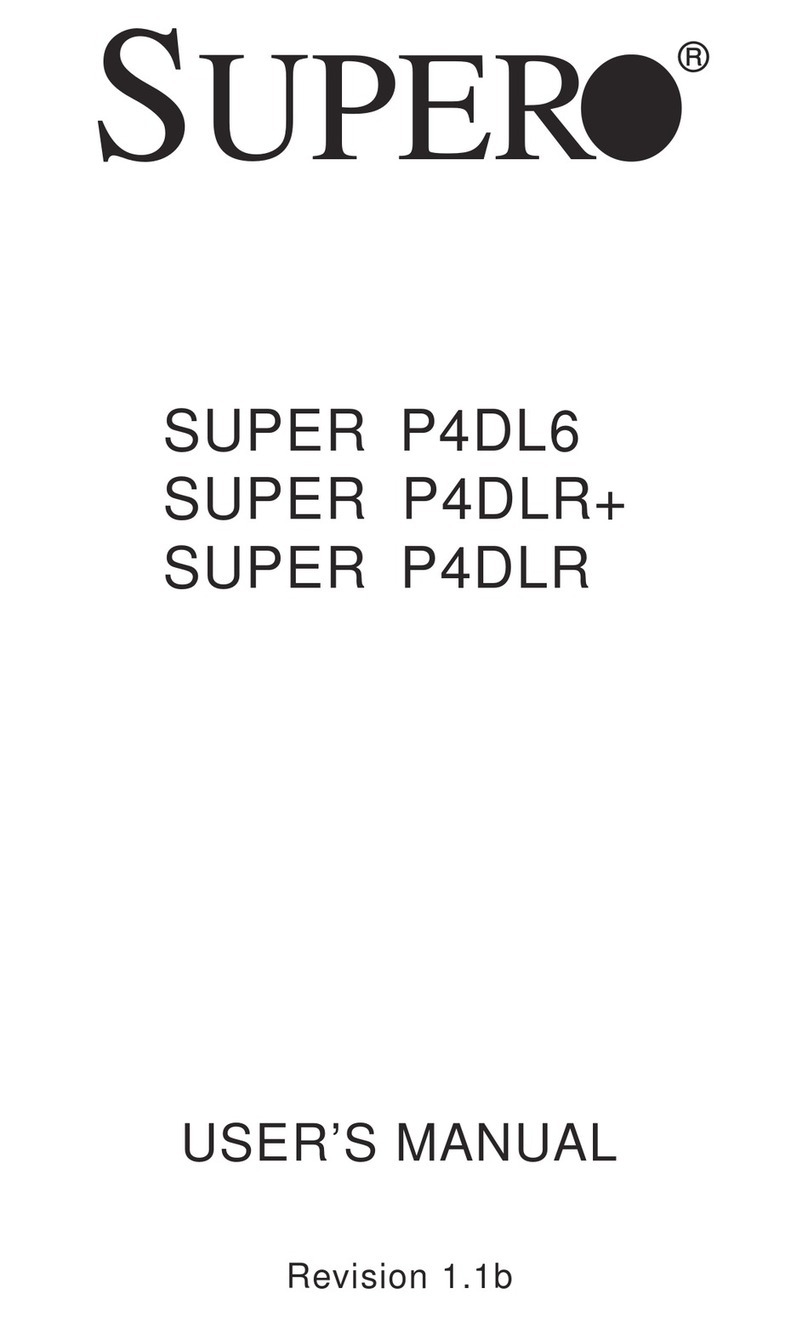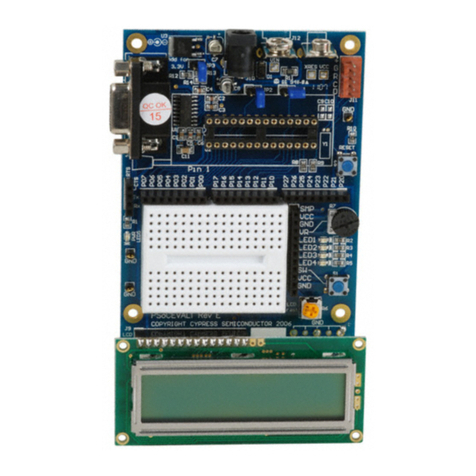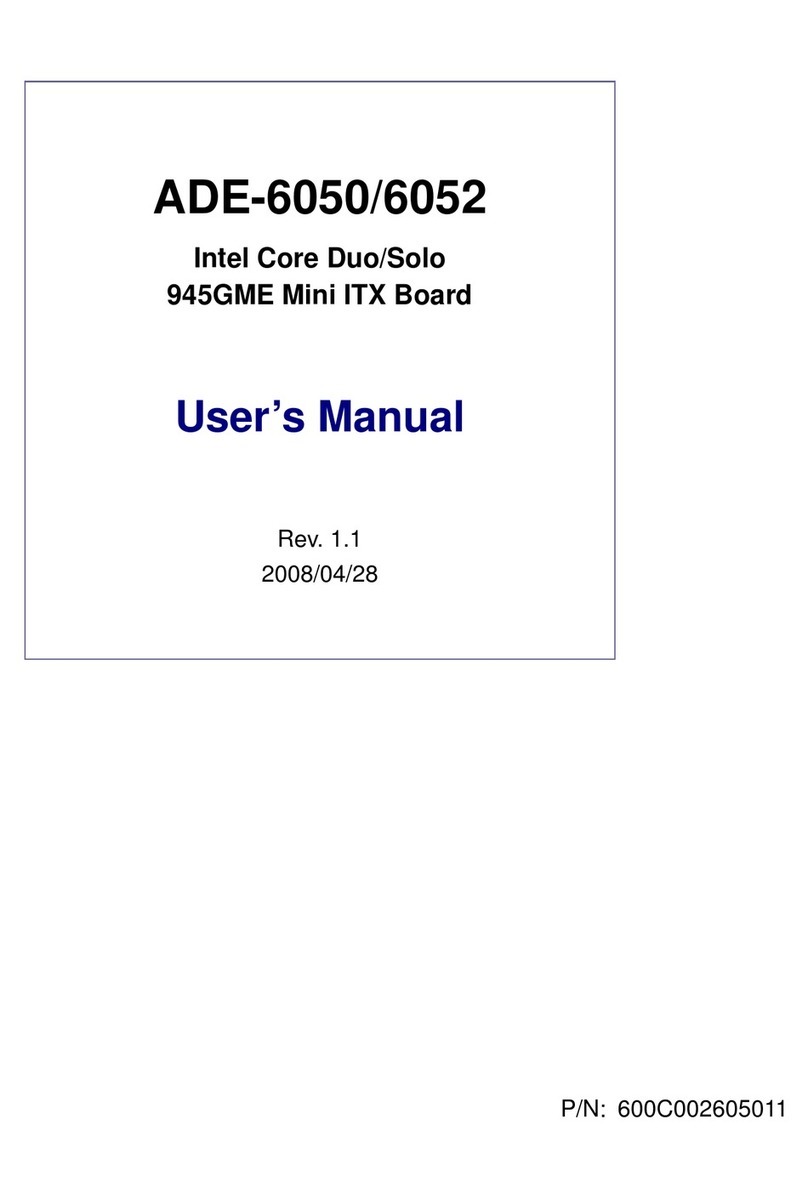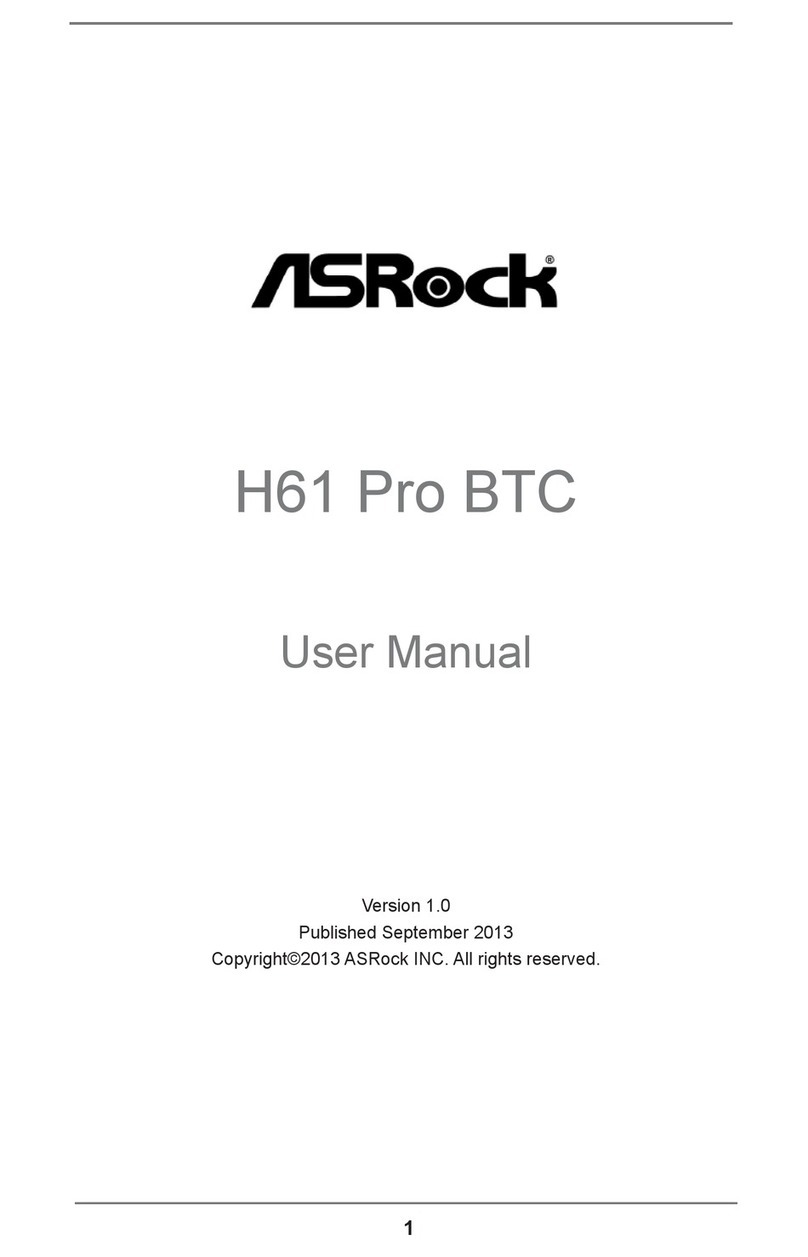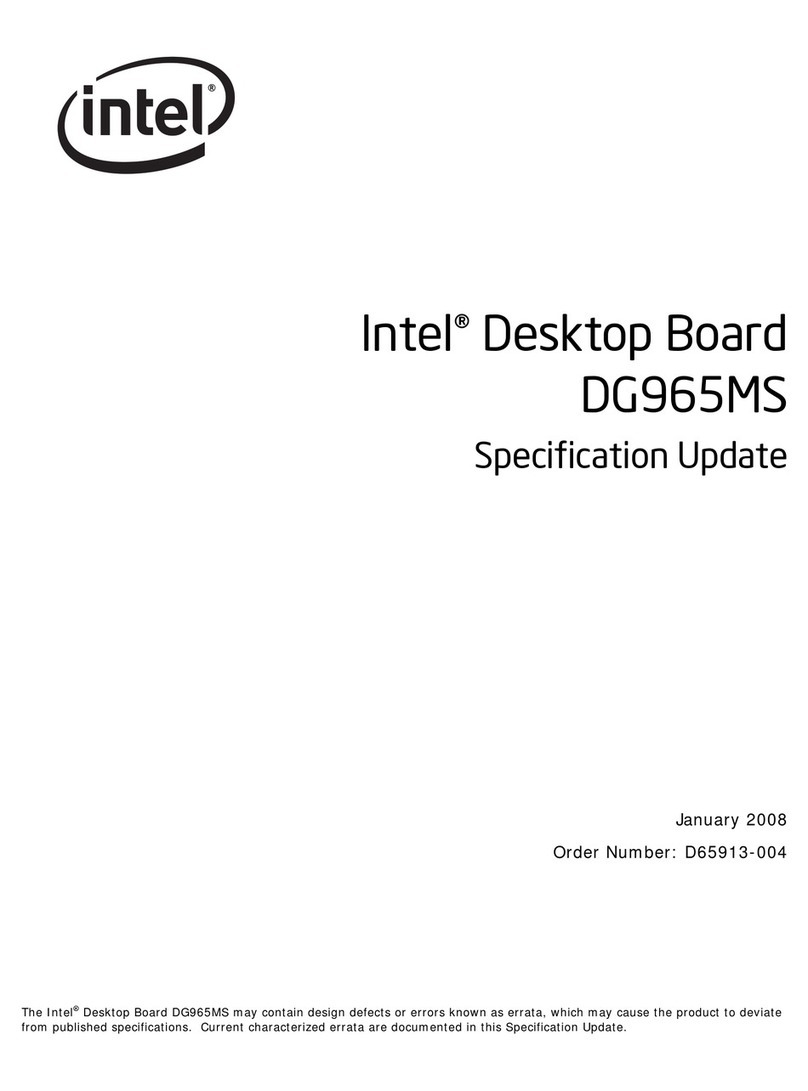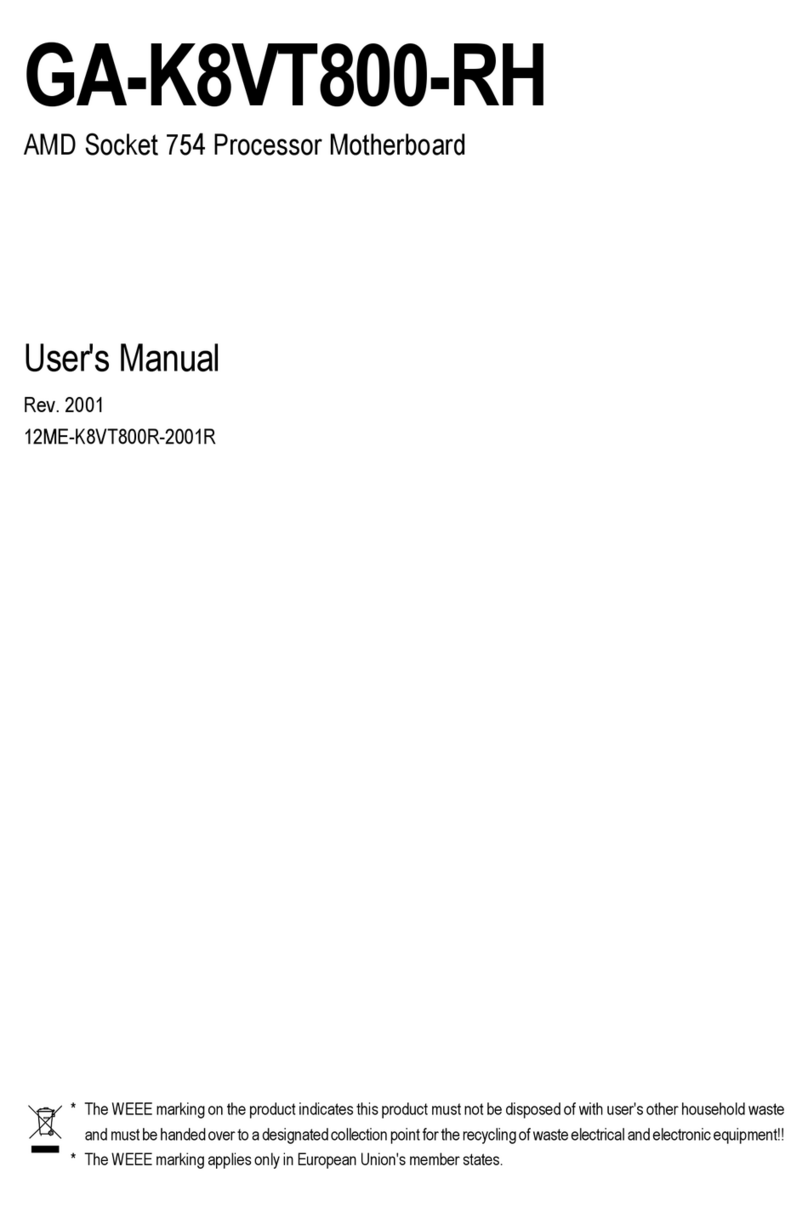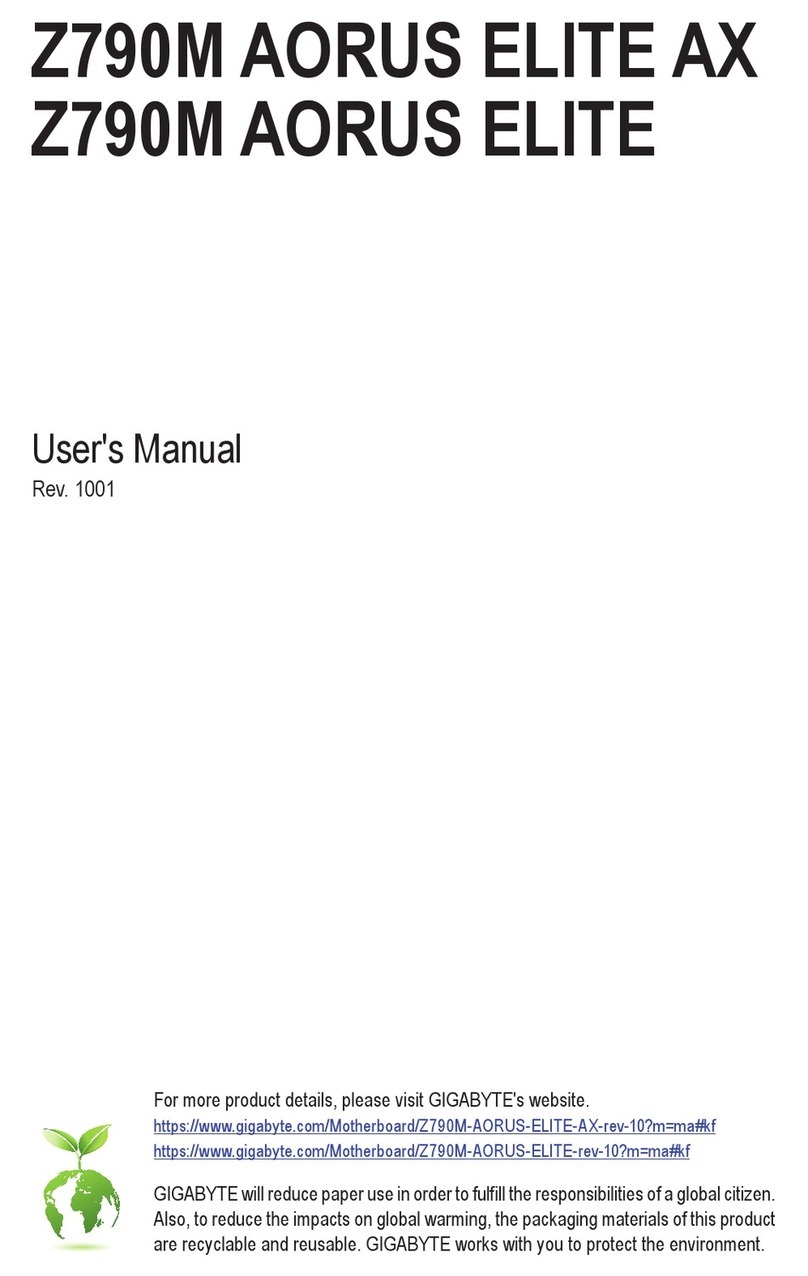
1Getting started
1.1 Overview
• Input common mode voltage: 26 V
• Offset voltage: ±35 μV (±100 μV) max.
• Offset drift: 0.1 µV/°C max.
• Gain drift: 20 ppm/°C max.
• 2.7 to 26 V supply voltage
• Quiescent current: 100 μA max.
• SC70-6 and QFN10 (1.8 x 1.4 mm) package
• Temperature range: -40 to 125°C
• Gain configuration from 50 V/V to 1000 V/V
• RoHS compliant
1.2 Shunt resistance
The STEVAL-AETKT2V1 offers the possibility of soldering a shunt resistance directly on the PCB. The board can
host standard 2512 package size shunts on 4 W footprint optimized for minimal reading error.
You can choose the appropriate shunt package and value for your own application. If the chosen shunt is not
compatible with the footprint, it has be connected outside the evaluation kit.
The selection of the shunt resistor is a tradeoff between dynamic range and power dissipation. Generally, in high
current sensing applications, the focus is to reduce as much as possible the power dissipation (I²R) by choosing a
shunt with the smallest value.
The recommended shunt value is obtained from the following equation:
Rsense =VoutMax − Vol
Gain ⋅ 1+Errorgain
−2⋅ Vio ⋅1
Irange (1)
Where VoutMax is the maximum output voltage usually equal to the device VCC or the ADC connected to the
output, Vol is the output low swing value for the TSC21x family (in this case, it is 30 mV), Gain is the gain of the
selected device (for example, TSC213 has a gain of 50), ERRORgain equals to 1%, Vio represents the input offset
voltage (100 µV can be considered for TSC213), Irange is the actual range to be measured.
Note: It is recommended to take a bit smaller shunt value to have some margin and prevent saturation.
The actual current range is calculated by the following equations:
ImaxPositive =VoutMax − Vref
RSℎunt ⋅ Gain (2)
ImaxNegative =Vref − VoutMin
RSℎunt ⋅ Gain (3)
Table 1. Examples of current ranges with 3mOhm shunt over different gain, VCC and Vref values
Device VCC (V) Vref (V) Range Ipositive (A) Range INegative (A)
TSC213
3.3 2.5 4.66 -16
5 2.5 16 -16
TSC210
3.3 2.5 1.16 -4
5 2.5 4 -4
UM2859
Getting started
UM2859 - Rev 1 page 2/12
